How to prevent internal pipe corrosion
Pipelines are a huge infrastructure investment and any failure means lost resources therefore it is imperative to maintain the physical integrity of pipelines. Our latest blog gives you advice and tips on how to prevent internal pipe corrosion, extend their lifespan, reduce environmental hazards, and save on replacement costs. What is internal pipe corrosion? Pipeline…
Pipelines are a huge infrastructure investment and any failure means lost resources therefore it is imperative to maintain the physical integrity of pipelines.
Our latest blog gives you advice and tips on how to prevent internal pipe corrosion, extend their lifespan, reduce environmental hazards, and save on replacement costs.
What is internal pipe corrosion?
Pipeline internal corrosion occurs when the external environment damages the pipeline. The damage can range from excessive moisture in the indoor air to high acidity of the transported fluid in pipes. Some substances that are most corrosive include bromine, hydrogen peroxide, hydrochloric acid, sulfuric acid and nitric acid.
Corrosion affects both metals and nonmetals. The deterioration rate of a substance can depend upon its resistance to corrosive radicals. You can easily detect a corroded pipeline by looking at its reddish-brown rusty coloration and surface disfiguration.
Some pipe materials are more likely to fall victim to this advanced rusting process. Some materials that are more prone to corrosion are copper, aluminum, and carbon steel. It is important to know about the corrosion resistance of material before installing underground pipe structures.
Why is internal pipe corrosion detrimental?
Internal pipeline corrosion is a gradual process that causes the surface of a pipeline to break down or degenerate. This eventually leads to a material loss in the form of pinhole leakage, cracks, and splitting.
How to prevent internal pipe corrosion?
Proper material selection & manufacturing processes
You need to ensure the pipeline’s quality before you install it. The amount of resources and cost can be extensive if you install a faulty section of pipe.
Quality control is your first line of defence to avoid material failure due to manufacturing imperfections, these increase the likelihood of early-onset internal corrosion.
Uneven surface conditions will harbour corrosive material, like plaque in an artery, the corrosive material builds up begins to cause problems. Centralized corrosion, known as pitting, will begin to occur inside of your pipeline. Without intervention, the corrosion will continue to spread.
Quality Control
On-site fabrication quality checks are imperative to long-lasting pipelines.
Even if the pipe materials and manufacturing are sound, fabrication presents new possibilities for error. Faulty pipeline fabrication leads to failure modes related to excessive stress & improper joining.
Protective Coatings
An anti-corrosion coating is a great option against internal pipe corrosion.
Not only do coatings help protect your pipe’s internal surface from oxidation but they also improve the hydraulic flow efficiency by reducing the friction caused by uncoated surfaces. The coated layers act as barriers against hydraulic friction losses, pig wear and build-up of pyrophoric dust in pipes.
Most industrial processes take place at extremely high temperatures under the presence of corrosive gases. To limit the corrosive effects, pipe coatings are applied using a different material, these internal coats create a thin film that adheres to the surface of the pipes.
Despite the effectiveness of these coated layers, some water can make its way through the walls towards the substrate. But this evaded water does not contribute to corrosion because it contains a minimum concentration of ions.
Corrosion inhibiting additives
By implementing corrosion inhibiting additives into the oil substrate, you can decrease internal pipe corrosion. As it flows through the pipeline, even a small amount of corrosion inhibitor will make a difference in the wearing process.
These additives can help eliminate corrosion-causing contaminants. Additives that prevent the formation of foam will assist greatly in the reduction of internal corrosion. Bubbly foam captures air particles and leads to increased friction. Pitting corrosion and oxidation will occur in the areas affected by foamy substrates.
Keep Pipelines Clean
Microbiologically induced corrosion (MIC) takes place when metals come into contact with microorganisms such as bacteria and fungi. Although these microorganisms don’t have a direct effect, they can act as catalysts in the corrosion process.
Regular pipeline cleaning and maintenance is important to keep these micro-corrosive agents at bay. One of the methods of cleaning pipelines is pipeline pigging. This cleaning process involves the insertion of a pig tool using a pig trap. The pig tool moves through the pipe hole without disrupting the flow of the product.
You can also use inhibitors or biocides to prevent the spread of these microorganisms. This would help you increase the lifespan of your pipeline structures and make them more effective.
For more information on how to prevent internal pipe corrosion, get in touch with our team who will provide advice and guidance.


